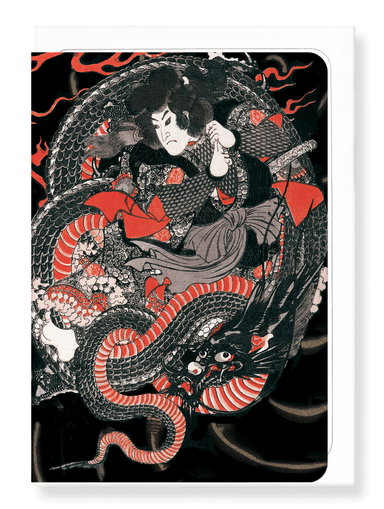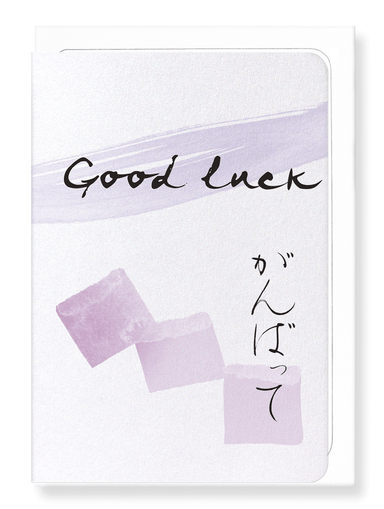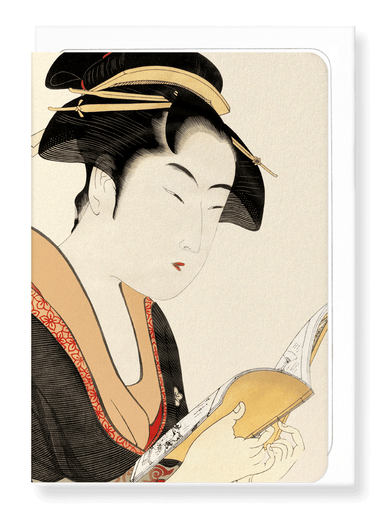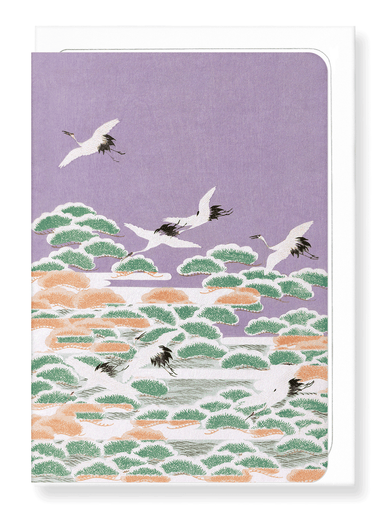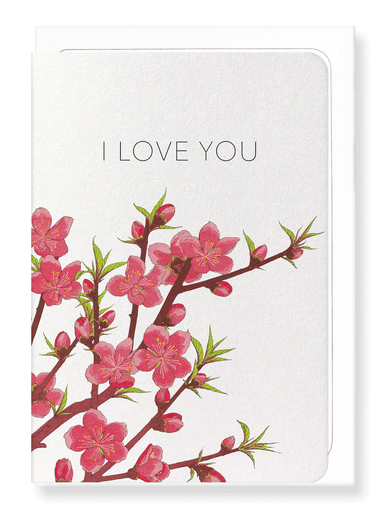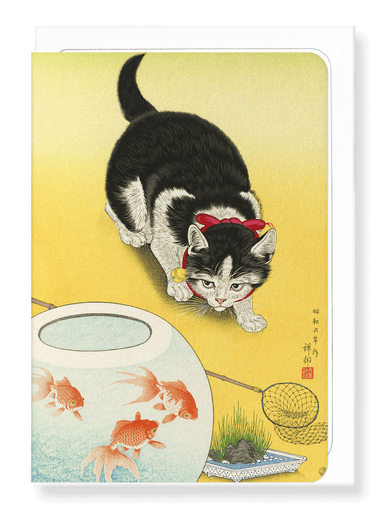Greeting card

BALLET POINTE SHOES EZEN FROG
Text on the reverse side: A contemporary ballet dancer adaptation of a Japanese woodblock print dating 1814. The Japanese word for frog is “kaeru”...
View full details






